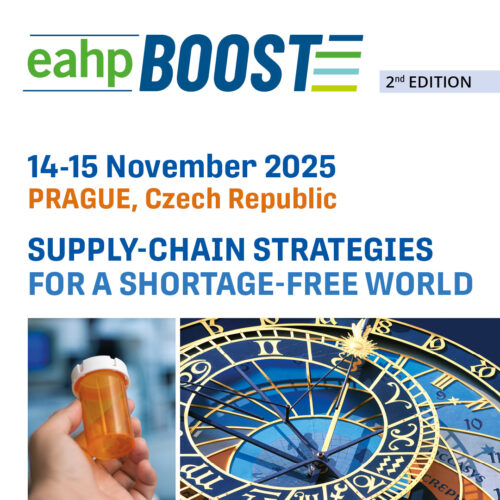TRAINING NURSING STAFF ON SAFE DRUG ADMINISTRATION IN THE EMERGENCY DEPARTMENT
Pdf

European Statement
Patient Safety and Quality Assurance
Author(s)
Gregorio Romero Candel, Esther Domingo Chiva, Nuria Martinez Monteagudo, Jose Marco del Rio, Marca Diaz Rangel, Francisca Sanchez Rubio, Ismael Perez Alpuente, Eva Garcia Martinez, Ana Valladolid Wals
Why was it done?
The ED is an area where medication errors are common given it´s complexity, the large number of patients with different pathologies, having to make quick decisions with little clinical information and the coexistence of professionals with different training.
The use of intravenous (IV) and high risk drugs, as well as the mixture of two or more intravenous drugs in the same diluent are usual and can lead to medication errors.
We designed an educational program based on a session for nurses of the ED to standardize the use of the most commonly administered drugs and improve patient safety
What was done?
A training session for nursing staff on safe drug administration in the emergency department (ED) was performed
How was it done?
A training session was conducted by the fourth year resident during a two month rotation period in this area. The most common mistakes were presented to nurses based on national studies, as well as techniques for safe administration of drugs. Guides on parenteral administration of the hospital were reviewed with special emphasis on high risk drugs and how to manage them according to the Institute for Safe Medication Practices. We also developed a guide including the most frequent drug incompatibilities and direct intravenous administration of drugs for the ED.
What has been achieved?
The aim of the session was to train personnel at the ED in order to reduce medication errors and promote a safety culture. In turn, the development of guidelines to standardize clinical practice are useful, making information accessible and easy to use. Clinical sessions between departments allow the integration of the pharmacist in other areas.
What next?
We are still working with the ED to increase safety in drug therapy by developing new pharmacotherapeutic protocols (high risk medications protocols, perfusion protocols and new safety guidelines and training sessions). We are also working with more departments at our hospital with the experienced gained
























